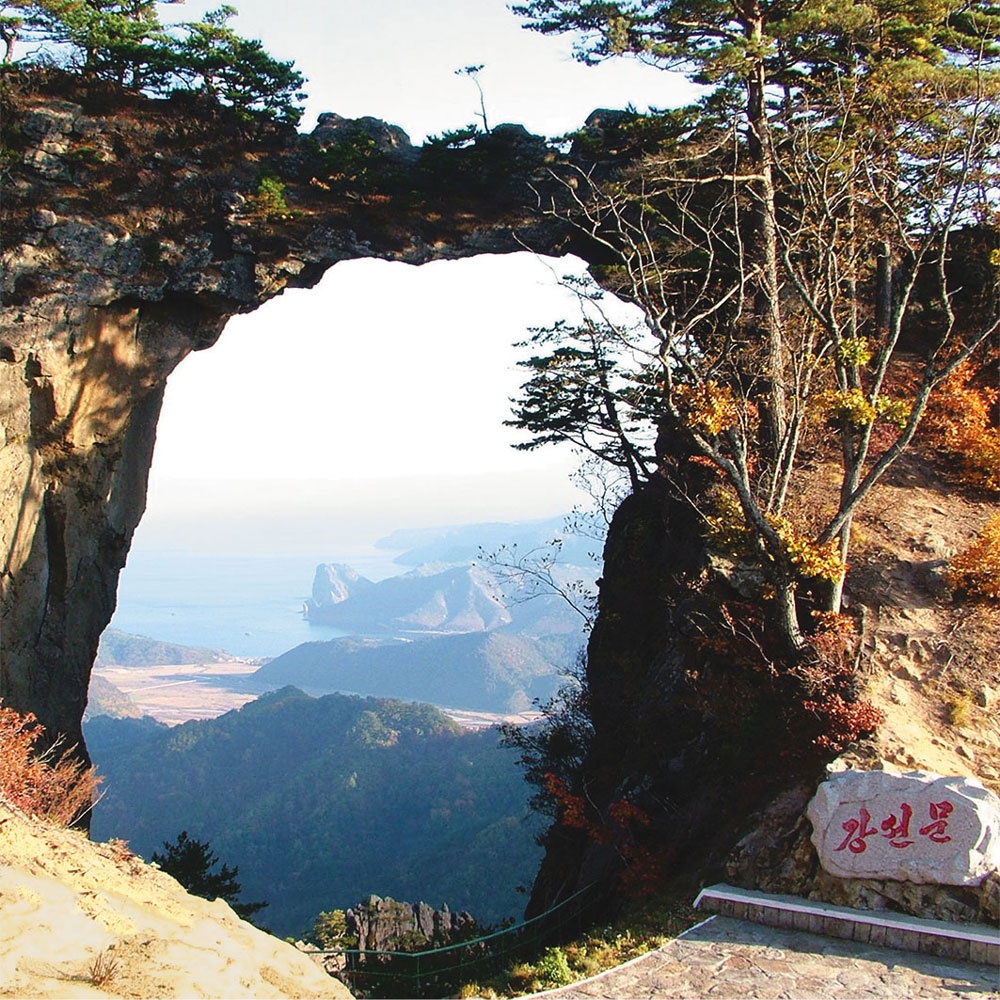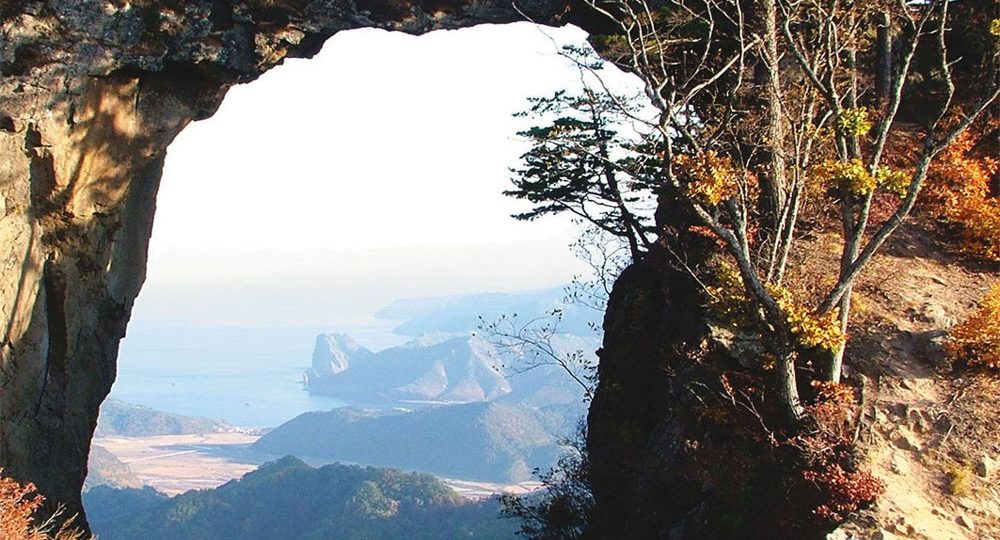Exploring Chilbosan: A Journey Through North Korea’s Scenic Marvel
Chilbosan, also known as Mount Chilbo, is a captivating mountain range located in North Hamgyong Province, North Korea. The name “Chilbo” translates to “seven treasures,” a nod to the legend that the mountain harbors seven hidden treasures. This area is celebrated for its stunning natural beauty, cultural heritage, and intriguing rock formations.
Natural Environment
Chilbosan is part of a national park covering approximately 30,000 hectares, characterized by a mix of broadleaf and coniferous forests. This region is recognized by BirdLife International as an Important Bird Area due to its populations of Oriental storks and the critically endangered Baer’s pochards. The mountain’s diverse ecosystem makes it a haven for nature enthusiasts and bird watchers alike.
Divisions of Chilbosan
The mountain is divided into three distinct areas: Inner Chilbo, Outer Chilbo, and Sea Chilbo. Each offers unique landscapes and attractions. Inner Chilbo is known for its dense forests and rock formations, Outer Chilbo boasts panoramic views, and Sea Chilbo provides stunning coastal scenery.
Rock Formations and Scenic Views
Chilbosan is renowned for its uniquely shaped rocks, such as General Rock, Marriage Rock, and Rabbit and Tortoise Rock. These formations, along with the mountain’s waterfalls and thick forests, create a picturesque landscape, especially when blanketed in snow. The area is often compared to Mount Kumgang, another of Korea’s celebrated mountains.
Cultural Heritage
Kaesim Temple
One of the main cultural attractions in Chilbosan is the Kaesim Temple, originally built in 826 during the Balhae dynasty. The temple complex includes several halls and pavilions, such as Taeung Hall and Manse Pavilion, and features a 600-year-old chestnut tree. Despite North Korea’s atheist stance, these ancient Buddhist sites are preserved for their historical value.
UNESCO Recognition
In 2000, Mount Chilbo was added to UNESCO’s World Heritage Tentative List, and in 2014, it was designated as an international biosphere reserve. This recognition underscores the area’s ecological and cultural significance.
Getting There
Reaching Chilbosan requires some planning. The mountain is located about 565 kilometers from Pyongyang. Visitors can fly from Pyongyang to Orang, followed by a two-hour drive to the mountain. Alternatively, a five-hour drive from the Rason Free Economic Zone or crossing the Chinese-Korean border at Tumen/Namyang are viable options.
Travel Tips
Visiting Chilbosan is best during spring or autumn when the weather is mild, and the scenery is vibrant. Hiring a local guide or joining a tour is recommended to navigate the area efficiently. While transportation options include buses and taxis, adventurous travelers might consider hiking or cycling to explore the trails.





